Table of contents
What are Astrological Aspects?

In astrology, aspects are the lines drawn between the planets, differing in their angles. They are the most powerful influence in the birth chart and are able to alter the characteristics of the planets in your sign.
In short, astrological aspects refer to the distance between planets or points in the horoscope. However, not all distances are relevant; the angles considered important in traditional astrology ("Ptolemaic" aspects) are conjunction (no separation), opposition (180 degree separation), square or quadrature (90 degrees), trine (120 degrees) and sextile (60 degrees).
In addition, the quincunce (150 degrees) and the semi-sextile (30 degrees) are used, though less commonly. These aspects correspond to the internal relationship of the signs of the zodiac, and are reached by certain divisions of the 360 degrees that constitute the entire zodiacal circle.
Understanding more about Astrological Aspects
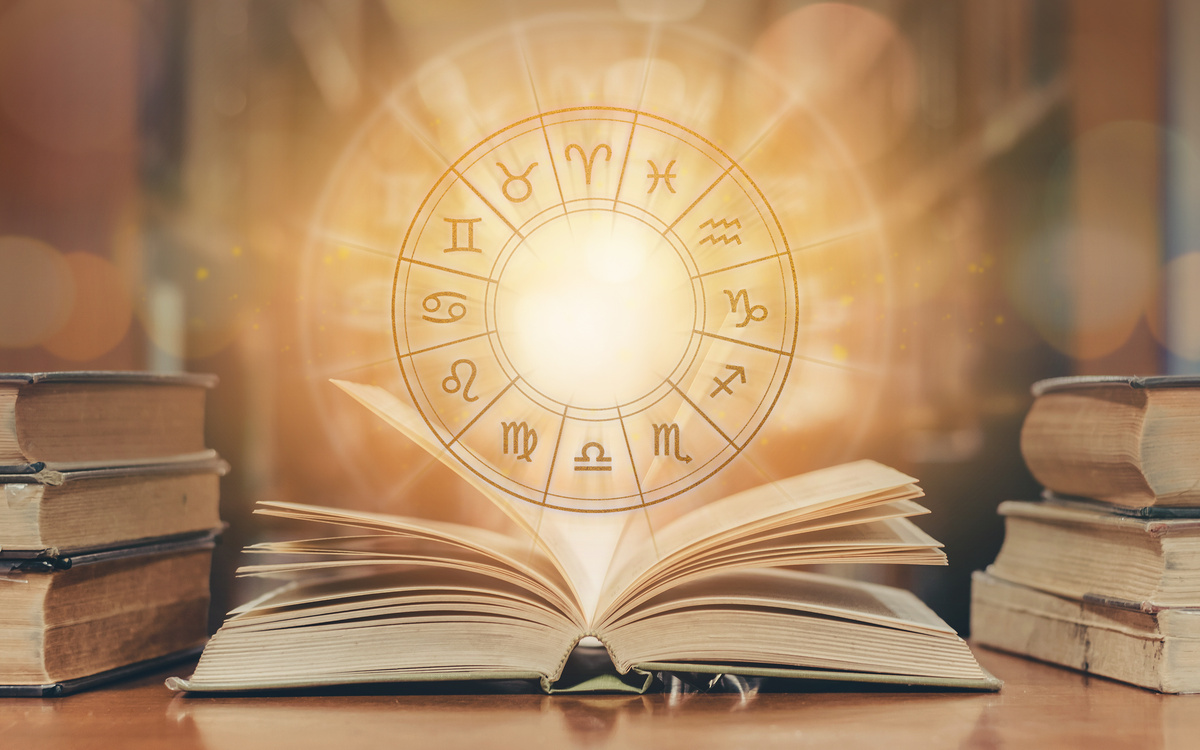
When you first look at an astrological chart, it may seem confusing at first. However, once you learn how to decipher the astrological aspects, you are able to benefit greatly from what they reveal.
The lines connecting the planets show how the planets interact with each other, whether they support each other or if there is a conflict between them. The planets are located a specific number of degrees away from each other.
Aspects can include other celestial bodies, such as asteroids, or mathematical points, such as lunar nodes. Learn more about all of them below.
How to identify Astrological Aspects in your birth chart
The identification and interpretation of planetary aspects is essential in reading a horoscope to form a picture of a person's character. However individual aspects should not be considered in isolation. They often provide disconnected and even contradictory information.
Astrological aspects are part of a whole interdependent structure. Therefore it is essential to consider all aspects of a horoscope in general.
To begin to identify them, you need to know that there are five main aspects that make up the majority of aspects in your chart. These five are the conjunction, trine, sextile, square and opposition. Each aspect occurs because of the specific angle that forms between the planets in your chart.
How Astrological Aspects are formed
"Aspect" is the term used for the angular relationship between the planets as positioned in an astrological chart. Each planet exerts an influence on the other planets. Therefore, whether the planets are adjacent or opposite, near or far, the energy of one planet will affect the energy of another - the influence can be weak or strong, harmonious or conflicting.
Thus, the aspect that two planets make to each other is a matter of geometry: within the 360 degrees of the natal chart, the distance between the planets is measured in degrees.
Major Astrological Aspects
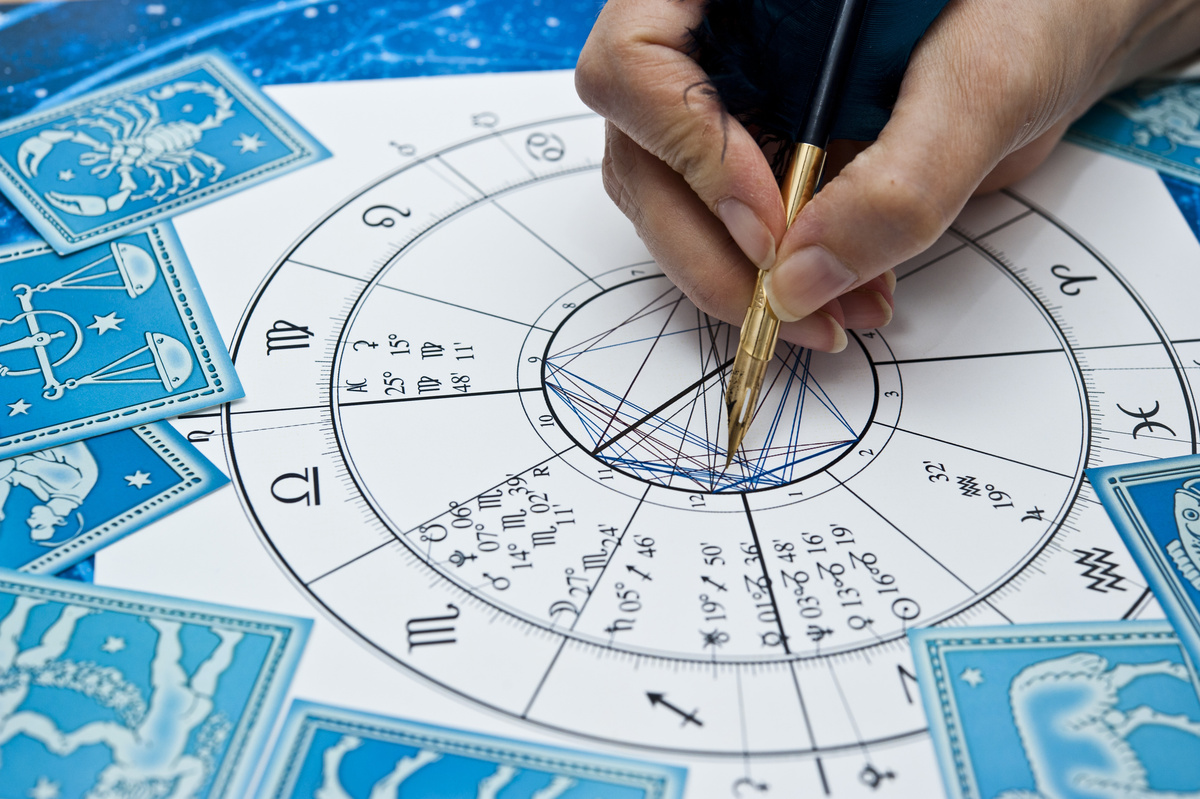
There are major and major and minor and secondary aspects in astrology. The major ones are conjunction, square, opposition, sextile and trine; the minor ones are quintile, semisextile, semiquadrature, sesquiquadrature and quincunx conjunction (also known as inconjunction).
Aspects establish "encounters" between planets. They add a new dimension to the bodies in aspect, merging and modifying their qualities and ways of functioning.
When a planet occupies a sign of the zodiac, it is definitely incorporated by this particular sign. However, this state of affairs is mainly passive and static. On the other hand, two planets in aspect create a clearly motivational quality that is not present in the position of a planet's sign.
What are Major Astrological Aspects
The traditional aspects are those associated with Kepler and Ptolemy. These five aspects are: conjunction (0º), opposition (180º), trine (120º), square (90º) and sextile (60º).
Johannes Kepler was the first to make this distinction between "major" and "minor" aspects. He also included among the "minor" aspects three aspects that have only recently begun to be widely used: Quintile, Biquintile and Decile.
Ptolemy explains that these divisions of a circle are important precisely because they represent the primary divisions of the octave in music. Each division is correlated to a harmonic interval: correlated to the unison (conjunction), the octave (opposition), the fifth (trine), and the major third (sextile).
What are tense aspects
Tense astrological aspects represent challenges. The flow of energy between the two planets in a difficult aspect to each other is very irritating. It is important to bear in mind that the way a particular aspect manifests itself depends on many factors.
In time you can learn to use a tense aspect in a constructive way, whilst harmonious aspects can also cause problems. Although they are easier to deal with, they can have a destructive effect, so it is important always to analyse them in the context of the rest of the horoscope.
Often an opposition is perceived as a contrast between two forces, which can cause great instability, and is therefore a tense aspect. A square is also a tense aspect because the energy of the planets in this aspect is blocked.
What are neutral aspects
The conjunction is a neutral aspect. However, some astrologers do not consider the conjunction to be an aspect because technically it is not, however, all agree that conjunctions are extremely important in astrology.
Here, the planets are so close to each other that their energies merge completely. This can be favorable or problematic, depending on the nature of the planets. A conjunction is formed when two planets are side by side with a maximum difference of 12° between them.
This astrological aspect intensifies the energy of the planets involved, so that the qualities associated with them can be strengthened. When two planets are in conjunction, their energies and influences combine, gaining strength and power.
What are harmonious aspects
Harmonious aspects, on the other hand, show an easy flow of energy, meaning two planets work together harmoniously. Harmonious aspects represent talents and opportunities that are easy to take advantage of. Indeed, trine and sextile are harmonious astrological aspects.
Trine is one of the most positive aspects, formed when two planets are separated by a great angle of 120°. Two trine planets, though different, find a way to combine.
A sextile is also a positive aspect, it is formed when two planets are separated by 60°. Therefore, in trine and sextile, the interaction between the two planets is good, although the two planets may seem incompatible.
Major Tense Aspects
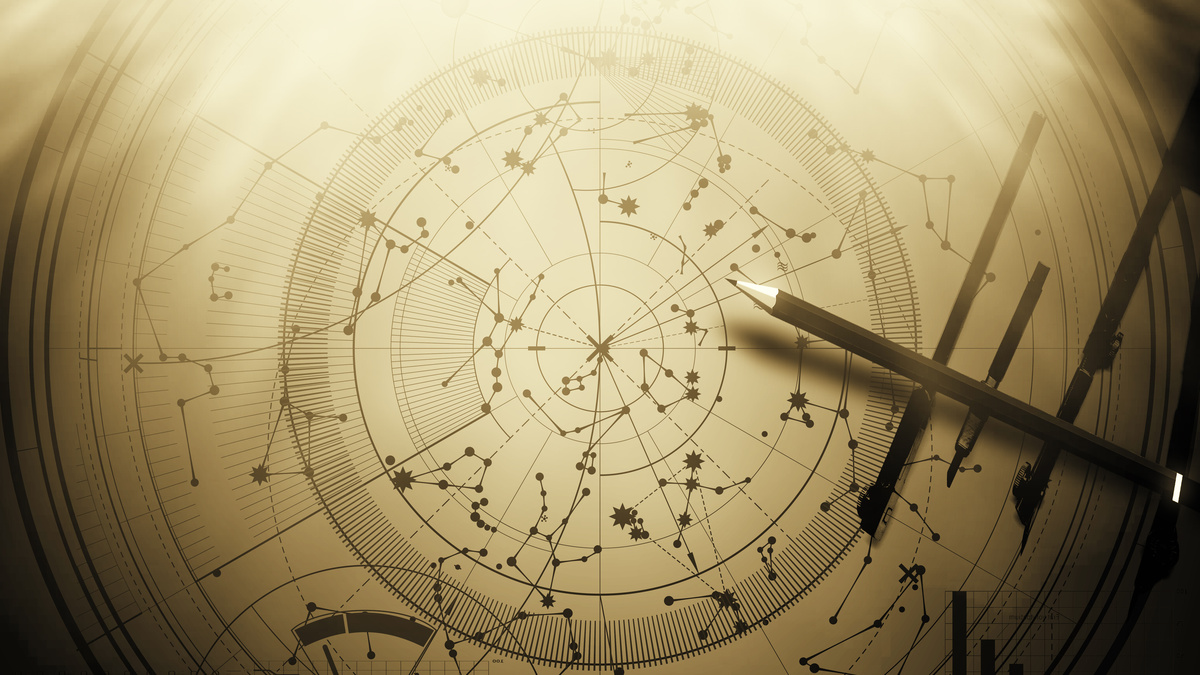
An aspect connects two or more planets to each other, so they have to deal with each other, like it or not. Aspects transfer information, so they act as a communication network between planets.
An aspect can nurture, diminish, modify, or enhance the function of the planet in question, depending on the quality of the aspect and its angle. Here is how major tense aspects work and influence.
Quadrature
A square is one of the most tense or difficult aspects. It occurs when two planets are 90 degrees apart from each other or three signs apart. It is as if the two planets here are in an argument and both want to be right.
This aspect is challenging because it is like a division of energies and nothing flows easily here. In general, these astrological aspects are where the action is in your chart, and while they are difficult to deal with, they are also the motivation to take action in our lives.
Opposition
An opposition is an astrological aspect of an angle of 180°. It is formed when two or more planets or points are exactly opposite each other in the zodiac. The planetary principles involved often contradict each other, which is experienced as internal tension and often a blockage of energy, stress or postural rigidity.
Furthermore, an opposition also generates internal strength and resistance, particularly in relation to the axis theme. Sometimes there is an increased tendency toward repression, in which the lateral aspects are compensated.
Major Neutral Aspects
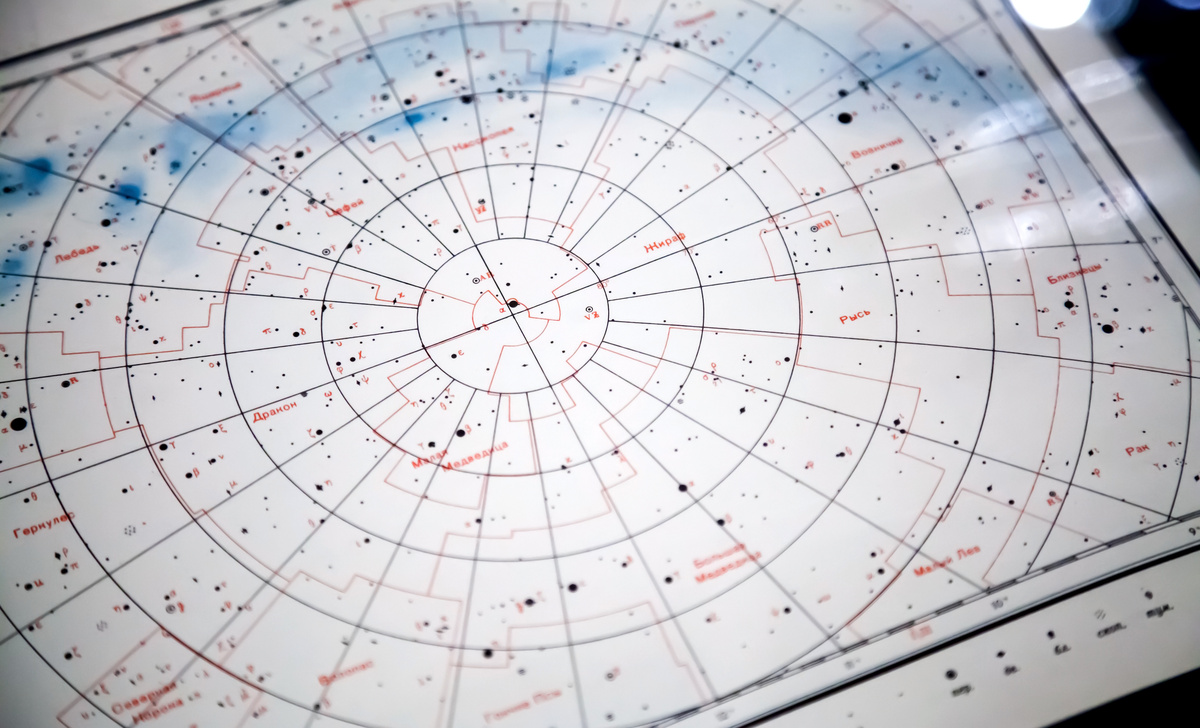
Planets are in conjunction (close) when they are within 10 degrees of each other. A conjunction is usually a neutral aspect because planets that form a conjunction are energies that are blended together.
For example, the Sun conjunct Mercury combines the energies of each. However, it is possible for the conjunction to be difficult too, depending on the planets involved - Pluto conjunct Saturn can indicate a huge life challenge. Learn more about this neutral astrological aspect, below.
Conjunction
When two planets are close to each other in the sky (within a few degrees, usually in the same sign of the zodiac), this means that they form a conjunction and their energy is combined in the same tune. This can create a perfect alliance or bring intensity.
Thus, conjunction occurs when two planets are within 0-10 degrees of each other. This aspect is like a union of energy between the planets, and because they are so close, sometimes the planets here have difficulty acting on their own.
For example, someone with a Sun-Mercury conjunction may have difficulty separating their identity from their thoughts and opinions because the two are closely linked, making it difficult to be objective.
Major Harmonious Aspects
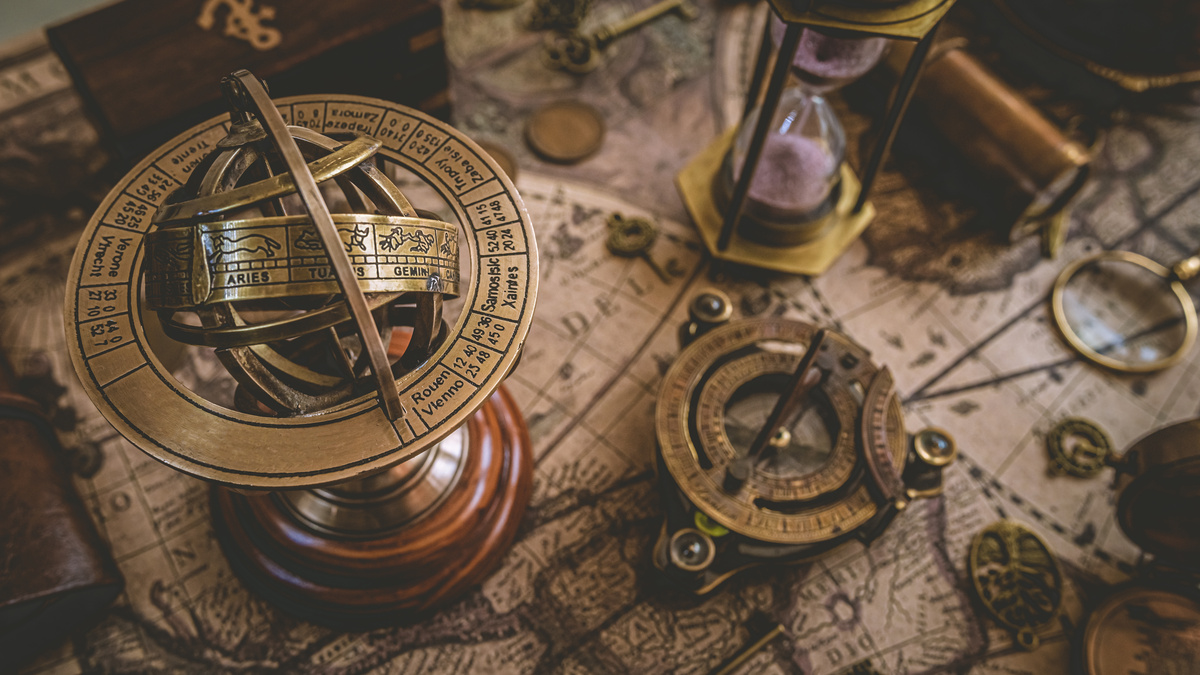
Trine and sextile are the major harmonious astrological aspects, that is, the aspects in which the planetary energies are congruent and open to each other. Thus there is a greater degree of free will with the soft aspects.
Individuals with many soft aspects in their chart have a greater degree of latitude to manifest the planetary archetypes involved compared to their counterparts with many tense aspects. Check out below for more details on how sextile and trine aspects signal harmony and ease in the birth chart.
Sextile
A sextile is a blue aspect from an angle of 60°. It corresponds to Venus' qualities of seeking harmony and willingness to compromise. It is receptive, adaptable and able to attract and assimilate substances. There is usually a passive defence against losing a state of harmony and often a fear of conflict.
The planets here are in signs with compatible elements, such as fire and air and water and earth, unlike a trine where they are the same element. So the energies are different but complementary. Although this aspect is very beneficial, it is not the most influential and does not need much care or attention.
Trine
A trine is a blue aspect of an angle of 120°. It has a relaxed and harmonious effect. It is a material astrological aspect which tends towards abundance, luxury and pleasure and gives sensual enjoyment. Sometimes it indicates perfectionism or obsessive behaviour.
This aspect also occurs when planets are in the same element as their sign, such as both planets being in fire or earth signs, so the energy here is fundamentally understood.
Energy is fast here, and planets in a trine aspect work very well with each other, so trine planets feed off each other's energy, creating a dynamic of positivity and support.
Minor Astrological Aspects
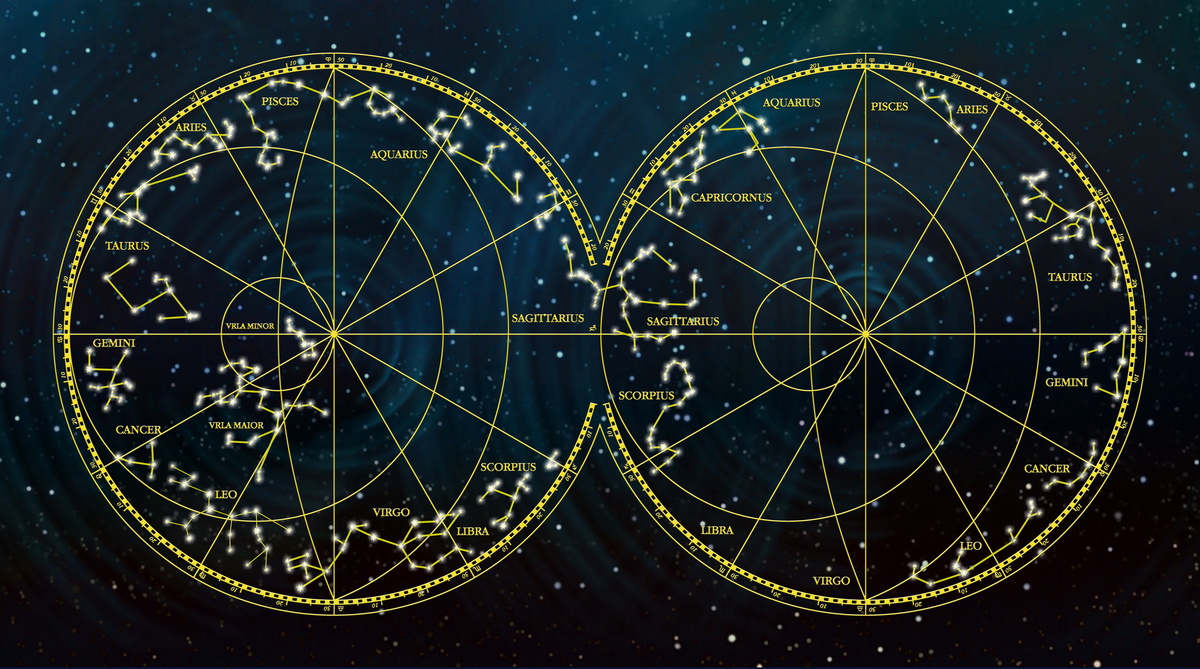
There are also minor astrological aspects or Kepler aspects. They are less important than the major aspects, but help to adjust the analysis of the chart. They are: the semi-sextile, the semiquadrature, the sesquiquadrature, the quincuncio, the quintile and the biquintile.
They can provide a lot of information about your personality, just like the major aspects. See below for everything you need to know about the minor aspects of astrology.
What are Minor Astrological Aspects
Traditional major aspects are sometimes called Ptolemaic aspects, since they were defined and used by Ptolemy in the 1st century A.D. It is important to note that different astrologers and different systems use different orbs (the degree of separation between exactness) when calculating and using aspects.
In effect, major aspects are those that can be used to divide 360 equally and are divisible by 10. Already, Johannes Kepler described 13 astrological aspects in 1619, grouping them into five degrees of influence. He chose them from proportions of symbols he found in geometry and music.
Minor Tense Aspects
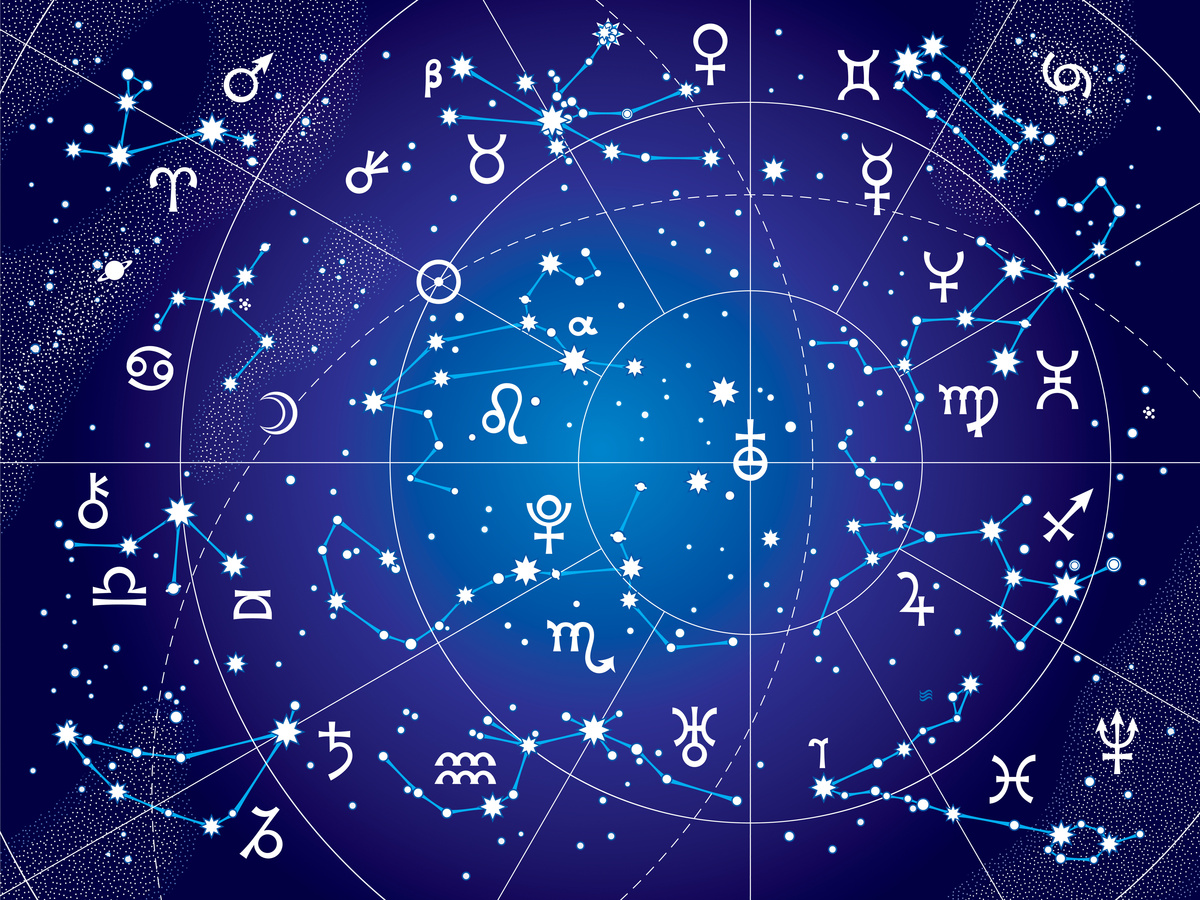
Most astrological minor aspects are subdivisions of the major aspects. Minor aspects add depth and detail to the overall picture. The orbs allowed for minor aspects are much smaller than those used for major aspects.
In addition, they are also defined as harmonious, easy, smooth, beneficial or positive, while others are described as tense, hard, difficult, bad, evil or negative. Check out the minor tense aspects below.
Semi-quadrature
The semi-square is a minor aspect which is 135 degrees, (with an orb of 1 degree). As a tense aspect, it causes conflict and upset. Put positively, we are being asked to use actions to resolve conflict and discord.
Also, there is friction here that is a challenge for the native. However, it is not as easily noticeable as the tension of a square, so it takes time to make adjustments. The conflict of this aspect is stubborn and persists for a long time.
Sesquiquadrature
The sesquiquadrate is a 135° angle and indicates somewhat stressful conditions. Furthermore, it is considered similar in influence to the semiquadrate. The sesquiquadrate is sometimes called the square and a half, quartile and a half, and/or trioctile.
Here, there is a difficult connection between the planets, so there is also a difficult connection between two personality attributes. This difficulty will likely lead the individual to greater heights in their efforts to achieve some sort of balance and harmony. With these efforts, they must proceed to achieve tangible results in the world, although the path will not be easy.
Quincunx
The quincunx is an aspect in which two planets are 150 degrees apart (with a 5 degree orb). This aspect suggests a need for adjustment or change of attitude. The two planets involved share nothing in common, so it is a very difficult aspect to integrate and internalize.
The only way to change the dynamics of this aspect is to trust your own inner voice or intuition so that we can lead ourselves on a journey of transformation and integration. This is the "I should have" aspect. It is an important aspect in Vedic Astrology.
Its main characteristics are: disturbance, need for attention, unconscious tension, lack of organization and lack of perspective.
Minor Harmonious Aspects
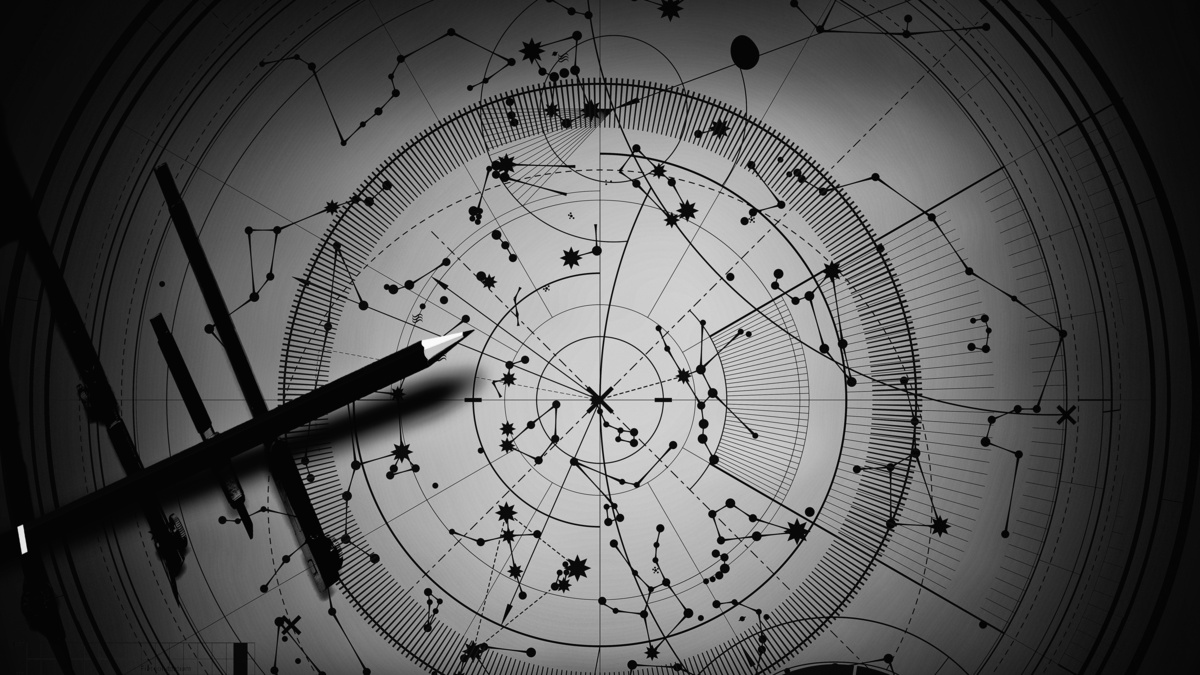
The harmony of minor astrological aspects indicates innate abilities which are easy to develop. Aspects become harmonious when the planets which form them are in the same element, or in elements with the same polarity (Air and Fire-Earth and Water).
Being located in opposite polarities, planets create disharmonious aspects. They indicate some tension, conflict. See what they are and what defines minor or secondary harmonious aspects.
Semisextil
A semisextile is an aspect where two planets are 30 degrees apart (with an orb of 1 degree). It is a minor aspect which has less impact than a sextile. The two planetary energies are linked, but affect each other indirectly. It can convey lack of ease and can influence the development of your interests.
It has the ability to make you aware of your inherited characteristics. It is also a completion aspect, so that you can finish something that was started by your parents or another family member.
Quintile
A quintile is a minor aspect in which the planets involved are 72 degrees apart (with an orb of 1 degree). The planetary energies connect you to your inner and outer being, using your innate talents and perceptions. This aspect is widely used in karmic and spiritual astrology.
Quintile also means some kind of talent that you can easily develop. It is related to creativity. This aspect usually shows your personal style and form of expression. It shows how your soul wants and needs to express itself. Therefore it manifests itself more on a mental level.
Finally, this aspect usually describes a person who is very persistent and keeps working until they achieve their goals.
Bikintil
The biquintile aspect has twice the degree of the quintile, that is 144 degrees. It is very similar to the quintile, they talk about creative talents that you are innately good at. Along with the quintile, they talk about the native's mental processes.
This aspect helps you to enter master consciousness and accept your potential for mastery. It is also said to have a harmonious effect on the mental plane. Furthermore, it is mainly used in spiritual astrology.
What do Astrological Aspects say about my personality?
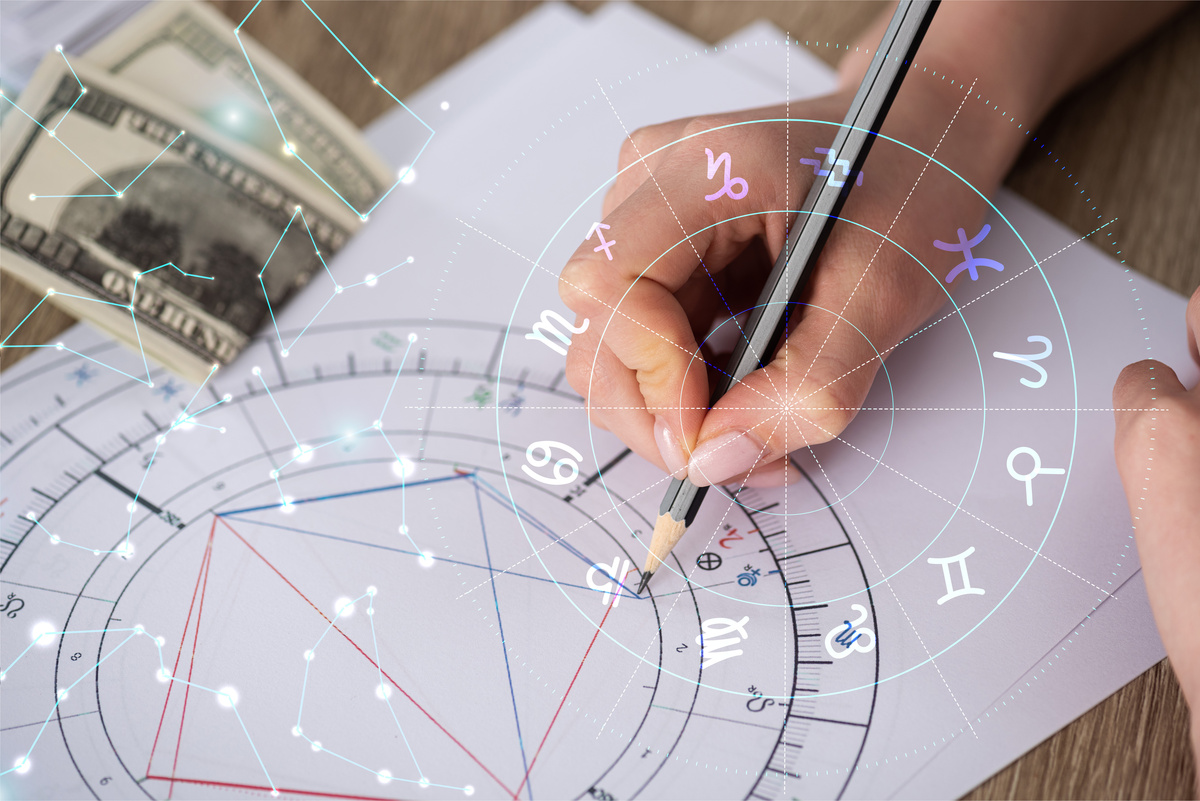
At the time of someone's birth, all planets are in specific positions in the sky. Two planets, in relation to each other, can be in the same sign of the Zodiac or in an opposite sign or a few signs away. The combinations are endless and unique to each passing moment.
There are many planetary combinations, but to understand their essential nature, we have to turn to the symbolism of the numbers or the astrological aspects. In this way, the aspects tell about some traits of your personality. But, no aspect can be labeled as good or bad, it depends on you and how you use it.
Many harmonic aspects can make a person lazy if there are no tense aspects in the natal chart. On the other hand, people with charts full of tense aspects usually work hard to achieve their goals in life.

